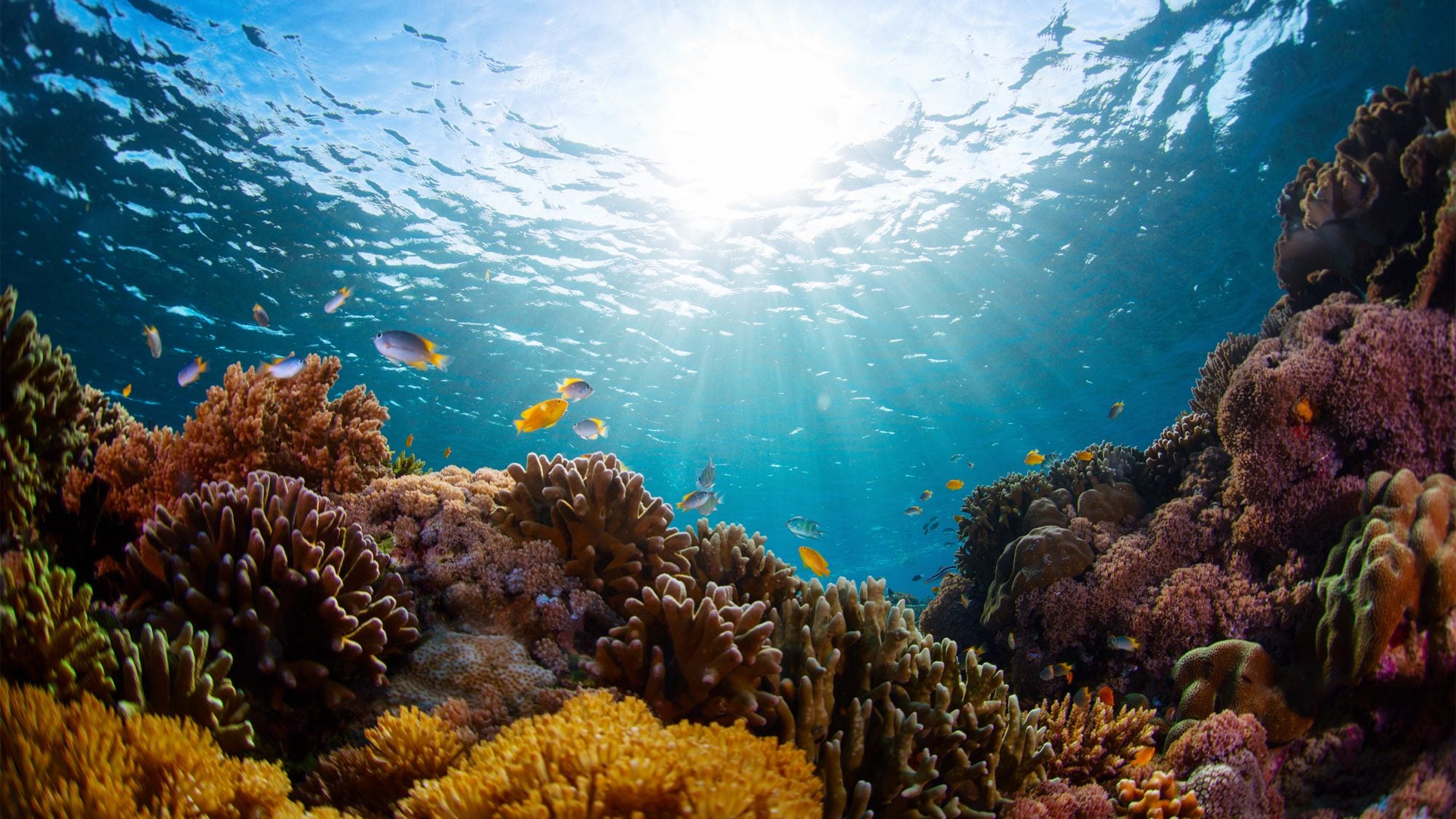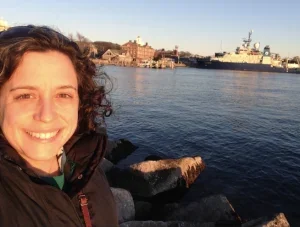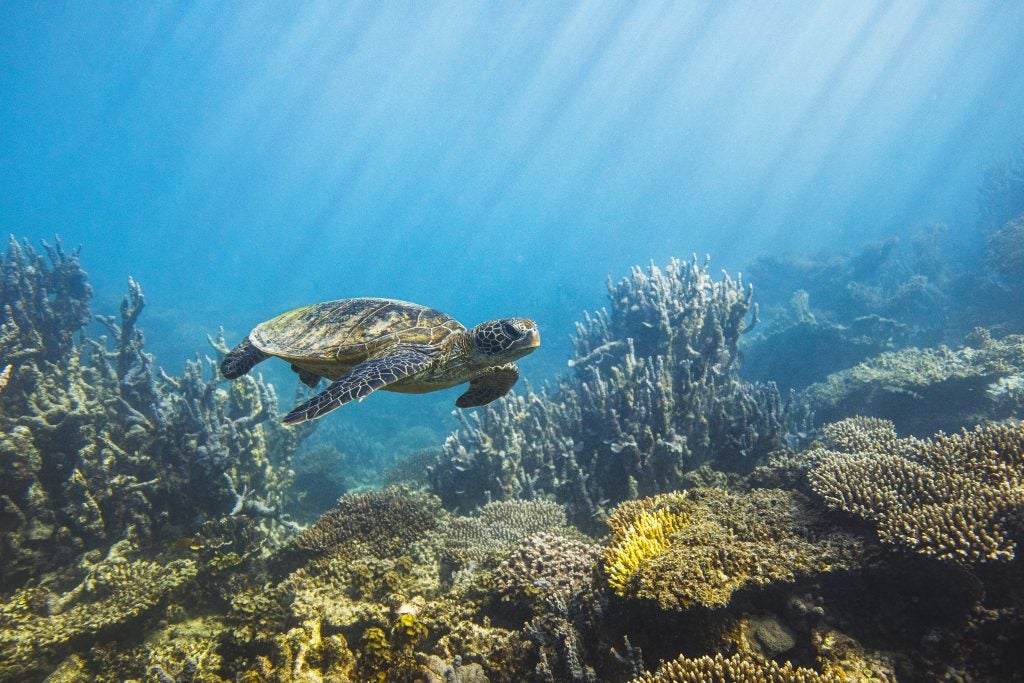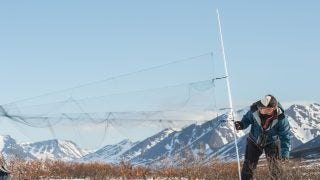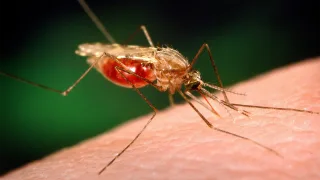After more than two decades of negotiations, United Nations member states agreed to a historic treaty in early March that protects marine life in the world’s oceans.
The agreement will create marine protected zones on the high seas, or areas outside of national boundaries that cover nearly half of the world’s surface — marking a major step toward preserving ocean ecosystems and combating climate change.
Rebecca Helm, a marine biologist and assistant professor in the Earth Commons Institute, participated in the negotiations at the United Nations headquarters in New York City for two weeks in March with student Matthew Carvalho (H’23). She called the treaty a “historic victory.”
“I think it’s a bit of a miracle that consensus across all nations was reached at all,” said Helm, who studies biodiversity in the high seas and teaches a related course at Georgetown. “It’s also a very encouraging sign that the world’s nations are ready and willing to come together to protect the ocean.”
To commemorate Earth Month, we asked Helm what this treaty means for the fight against climate change and how it will help preserve the biodiversity of the world’s oceans.
